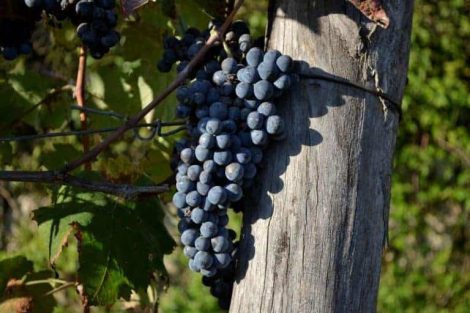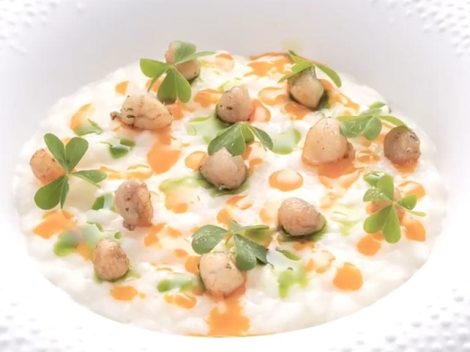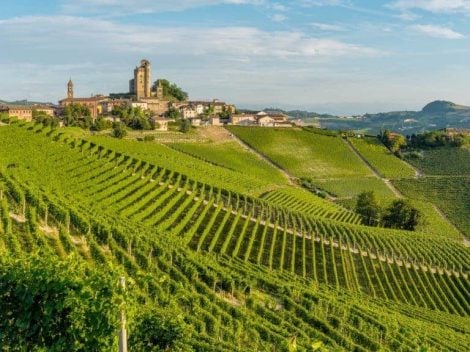Extra virgin talk
Historically one of the symbols of the Mediterranean diet, extra virgin olive oil is in fact among the most popular food products. Not only for its taste and use in the kitchen, but also for its nutraceutical properties. How much do we know about extra virgin olive oil? And above all, what does extra virgin actually mean? Talking about green gold is not easy, especially in Italy where, due to its strong and unwavering presence, it is often taken for granted. However, olive oil is increasingly at the centre of debate and controversy––starting with fraudulent versions––the subject of TV programmes and news reports, which focus attention on supermarket products, from the origin and quality of the olives to the lack of clarity from a regulatory point of view in regards to labeling.
Thus the attention of consumers is increasing, the number of subscribers to various olive oil tasting courses is growing, and also the number of "oleoteche" olive oil stores and shops specializing in niche products with an eye to green gold. But the culture of good olive oil, the one carefully made from start to finish, from the olive grove to bottling, is still a long way away. Cooperation between employees, broader communication capable of embracing the general public, targeted and careful promotion and enhancement work is needed. But the first steps have been taken and, gradually, useful information on extra virgin olive oil begins to spread among consumers as well. To talk about olive oil correctly, however, we must first know the basic terms used in the trade. Read along for a list of the most importantItalian olive oil terms, for a basic glossary for understanding and discussing extra virgin olive oil.
Glossary
Acido oleico – (oleic acid): monounsaturated carboxylic acid with beneficial effects on the heart and cardiovascular system. Oleic acid is contained in the saponifiable fraction of olive oil
Avvinato – (winey): typical olive oil defect due to an anaerobic fermentation process of the olives and the formation of yeasts
Biofenoli – (biophenols): natural organic molecules characterised by the presence of phenolic groups (aromatic compounds) and produced purely by the secondary metabolism of plants. Biophenols are natural antioxidants found in plants that are essential for our health. In fact, with their antioxidant action, biophenols help reduce bad cholesterol, protect the stomach lining membranes and help prevent cardiovascular diseases
Blend: olive oil produced with more than one olive variety
Cultivar: olive variety. In Italy, there are over 500 cultivars and each of these has different organoleptic characteristics which, depending on the quality of the work carried out in the olive grove and and at the olive press, lend to the final product particular aromas and scents.
Decanter: Tool for extracting olive oil by centrifugal force. This is where pomace, vegetation water and must (oil + vegetation water) separate. This step takes place after "gramolatura" (see below)
Filtering: After all these production steps, olive oil may appear cloudy. This indicates that the product has suspended water particles and other small impurities. Filtering is a step used to eliminate these particles and to create clear oils that can then have a greater longevity than their unfiltered "colleagues"
Frangitura – (pressing): First step in the making of olive oil immediately after washing the olives. Here the first breaking of the drupes takes place through a system that can be referred to as "hammers" or "knives." It is an important phase of production because most of the aromas are formed here, which will then be found during the tasting phase
Frantoio – (olive press): Olive oil presses can be of two types: discontinuous cycle (or traditional) and continuous cycle. The former uses granite mullers, the paste obtained is collected in the fiscoli which are then mechanically pressed. The continuous cycle press, on the other hand, includes a single production cycle so as to safeguard the product throughout the manufacturing process. Great advantage of the latter is the presence of a built-in decanter which divides pomace, vegetation water and must. After this process the must is sent to the separators where the olive oil is separated from the vegetation water
Frazione saponificabile – (saponifiable fraction): component of extra virgin olive oil representing 98% of the product, entirely made up of oleic acid
Frazione non saponificabile – (non saponifiable fraction): component of extra virgin olive oil representing 2% of the product, consisting of various substances such as squalene, phytosterols, beta-carotene, polyphenols, oleuropein and oleocanthal
Gramolatura: This production step follows the pressing. Here olive oil makers stir the obtained paste to facilitate breaking of the water/oil emulsion. In this phase, the miller must find the right compromise between quantity and quality: a greater heating of the paste increases yield, but worsens the quality of the product. The duration of this phase must be between 20 and 40 minutes. A longer duration does not increase the yield, but subjects the paste to greater contact with air thus causing oxidative stress (unless malaxers are employed, and which work in the absence of oxygen)
Monocultivar: Olive oil made with a single olive variety
Morchia – (sludge): olive oil defect due to the permanence of deposits during decanting. Typical of unfiltered olive oils which, after a couple of months after bottling, create so-called "dregs" at the bottom of the bottle
Mosca – (fly): typical defect of olive oil due to olives affected by the olive fly larvae called Bactrocera oleae
Olio di oliva vergine – (virgin olive oil): on the label reads "olive oil obtained directly from olives and solely by mechanical means." Product category that identifies, through several parameters, all olive oils with a free acidity level between 0.8% and 1.5% per 100 grams
Olio extravergine di oliva – (extra virgin olive oil): by law on the label it reads "superior category olive oil obtained directly from olives and solely by mechanical means." The term 'extra virgin' identifies, through several parameters, a product category assigned to all those oils that have a level of free acidity lower than 0.8% per 100 grams
Olio di sansa di oliva – (olive pomace oil): on the label "oil containing exclusively oils derived from the processing of the product obtained after extraction of olive oil and oils obtained directly from olives." Olive oil obtained from the processing of the olive pulp after the first pressing
Olio lampante: Olive oil with a level of free acidity higher than 2% per 100 grams
Olive: edible fruit of the olive tree, composed of peel (epicarp), pulp (mesocarp), stone (endocarp) and seed (almond) contained within the stone. Olives are divided into three groups: table olives that usable only for food purposes; oil olives suitable for the extraction of olive oil, and olives with a dual use, capable of being transformed for both purposes
Pruning: series of interventions by man put into practice to modify the vegetation and fruiting of a plant. In olive growing, proper pruning of olive trees is essential to guarantee the quality of the olives, and can be done manually or mechanically
Rancid: typical defect of olive oil due to oxidation. Typical defect of olive oils that exceed the expiry date of 18 months after bottling
Riscaldo: typical olive oil defect due to a fermentation process of the olives and in particular due to the formation of Clostridium and Pseudomonas bacteria
Strippaggio – (stripping): olive oil tasting technique which consists in tasting the product by inhaling air inside the mouth. The taster must recreate a sort of vaporizer by keeping his teeth clenched and thus be able to perceive the sensations of bitter, spicy and retro-nasal sensations
Ulivo – (olive tree): the botanical name is Olea europaea. Fruit plant native to the countries of the Mediterranean basin, very long-lived, capable of reaching centuries of life. Evergreen plant, it has a cylindrical and twisted trunk with hard and heavy wood, and a conical crown
Xylella fastidiosa: bacterium that lives and reproduces within the conducting apparatus of the raw sap, capable of causing serious damage to plants. When a plant becomes infected, the bacteria lead to the formation of a gel in the xylem (plant tissue found in vascular plants), thus obstructing the flow of water and blocking the plant's nutrition.
by Michela Becchi and Indra Galbo

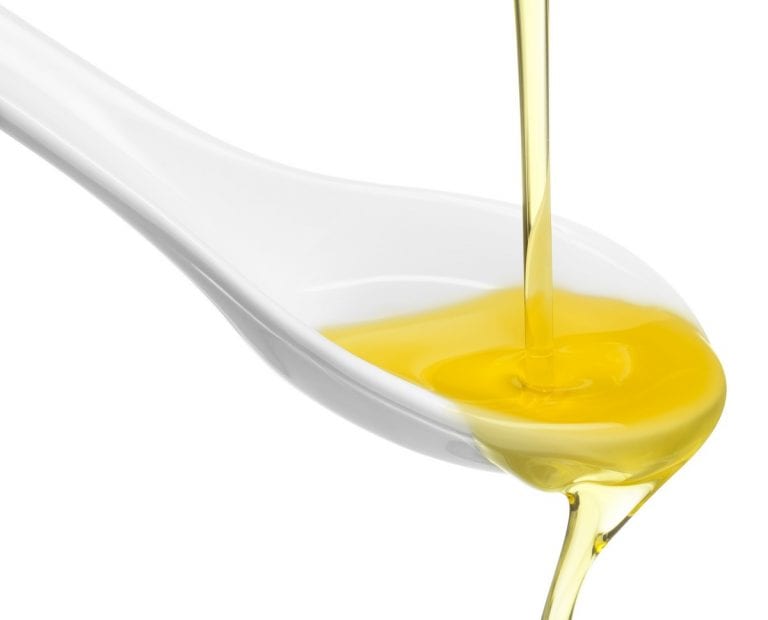
 Sparkling wines surpass still wines in Italian out-of-home consumption. Most popular during the aperitif
Sparkling wines surpass still wines in Italian out-of-home consumption. Most popular during the aperitif American Barbecue wins a Michelin star for the first time in history
American Barbecue wins a Michelin star for the first time in history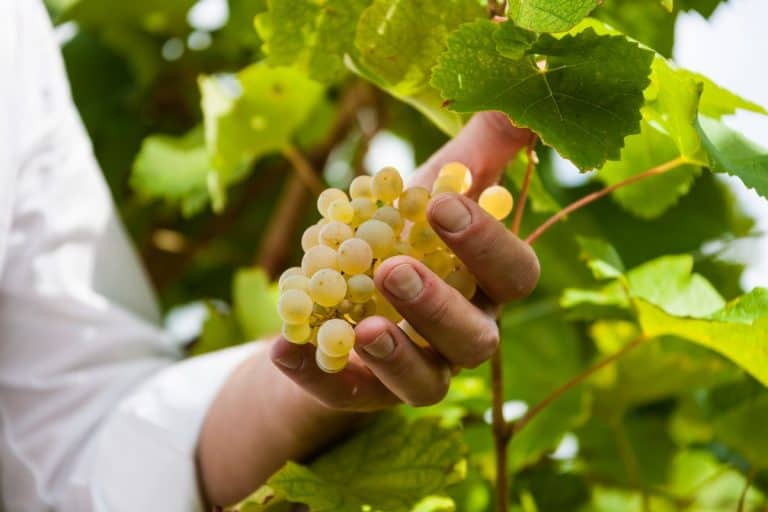 Prosecco Superiore: the 8 best selected by Gambero Rosso
Prosecco Superiore: the 8 best selected by Gambero Rosso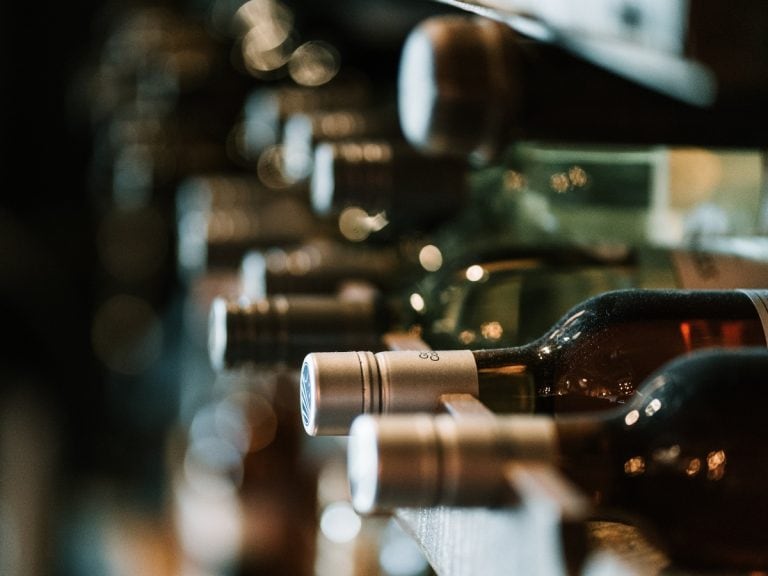 Italian wineries face rising debts and falling revenues as wine industry grapples with economic uncertainty
Italian wineries face rising debts and falling revenues as wine industry grapples with economic uncertainty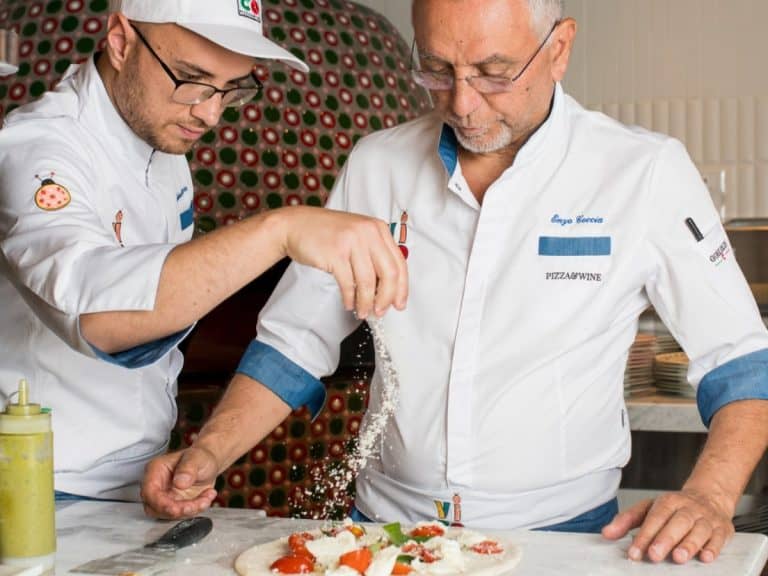 Enzo Coccia leaves Rome for an ambitious project in the United States: "but La Notizia stays"
Enzo Coccia leaves Rome for an ambitious project in the United States: "but La Notizia stays"


